 | In the Field
| In the Field
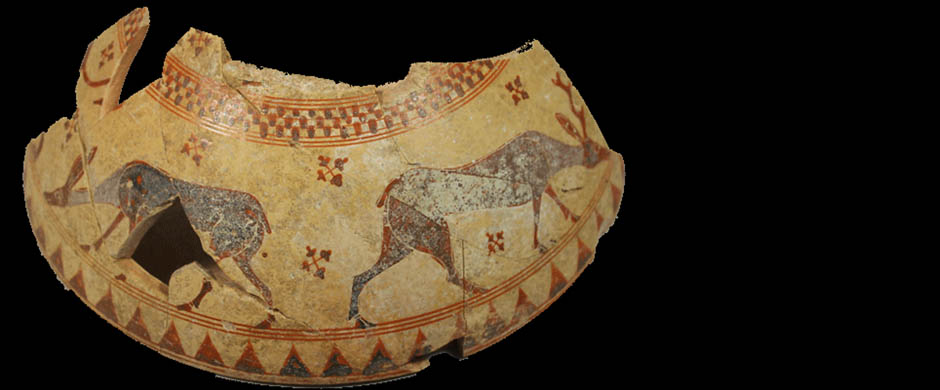
IFA Excavations at Selinunte
Summary of Excavation Results, 2022
The fourteenth campaign on the acropolis of Selinunte took place between June 5th and July 15th of 2022. This campaign was led by the Institute of Fine Arts, NYU and the Università degli Studi di Milano, in collaboration with the Archeological Park of Selinunte. Over a two-month season across June and July, after two years of reduced work due to the pandemic, the team members of the archaeological mission in Selinunte of the Institute of Fine Arts of New York University and of the University of Milan, in collaboration with the local archaeological park, returned in full strength to the site’s acropolis in 2022. Fieldwork focused on three different areas, two within the main urban sanctuary, and a third to the south in the area of Temple A and O. With an eye towards completing the archaeological study of Temple R in the coming years, two incomplete trenches were reopened and completed - 2012’s Trench O, and 2018-2019’s Trench R. The new work to the south of the main urban sanctuary marks a major new collaboration between our project and the German Archaeological Institute in Rome’s mission in Selinunte, directed by Ortwin Dally and supervised by Melanie Jonasch.
Temple A and Temple O are two peripteral temples similar in everything from plan to material to dimensions, such that they have long been assumed to have been “sister temples” built simultaneously in the mid-fifth century BCE. While Temple A to the north was completed, suggested by its marble roof tiles found across the acropolis today during excavations, Temple O seems never to have been completed beyond the level of the foundations. Both temples were later incorporated into a post-antique castrum. To help facilitate the architectural study of these two buildings by Heike Bücherl of the Brandenburgische Technische Universität, an exploratory trench was opened in the area between thes two buildings [Figure 1].
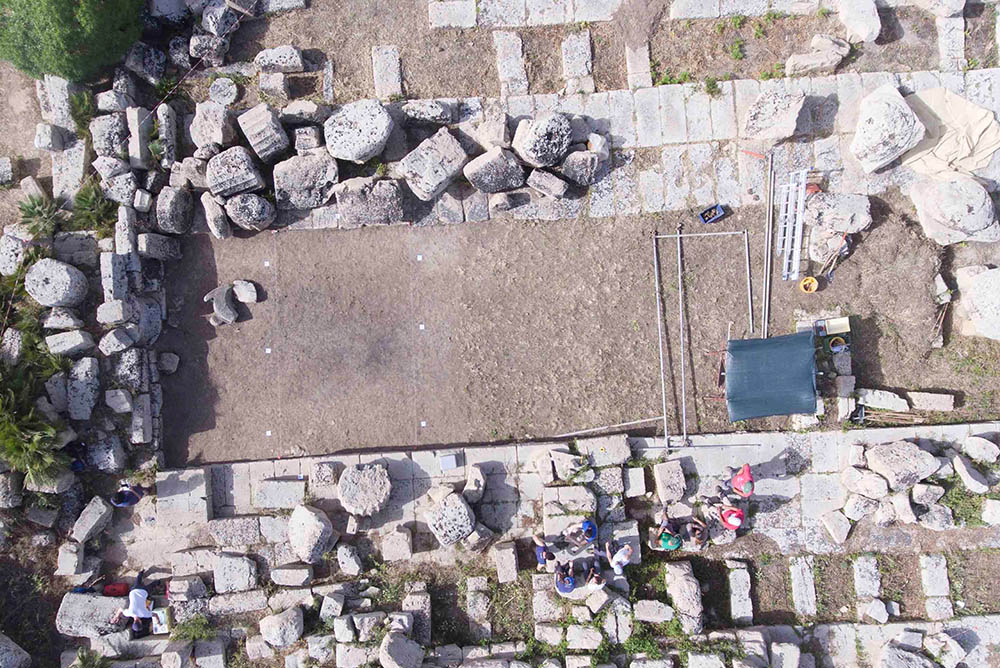
Figure 1: Selinunte, Acropolis, area of investigation between Temple A (bottom) and Temple O (top). © Institute of Fine Arts, NYU
While full publication of the excavation’s findings are forthcoming, the excavation strongly suggests, on a stratigraphic basis, how the construction of Temple A preceded that of Temple O. An unexpected finding during this excavation was the identification of high ground water in correspondence with the foundations of Temple A [Figure 2].
While a spring has been identified to the northeast of the main urban sanctuary due to the presence of a fountain there by the Classical period, the presence of water in this part of Selinunte had not yet been archaeologically documented beyond the presence of several wells. The presence of this essential resource on the acropolis of Selinunte, together with the strategic position, corroborates the hypothesis put forward by several scholars that the initial Greek settlement would have likely been founded on the promontory.
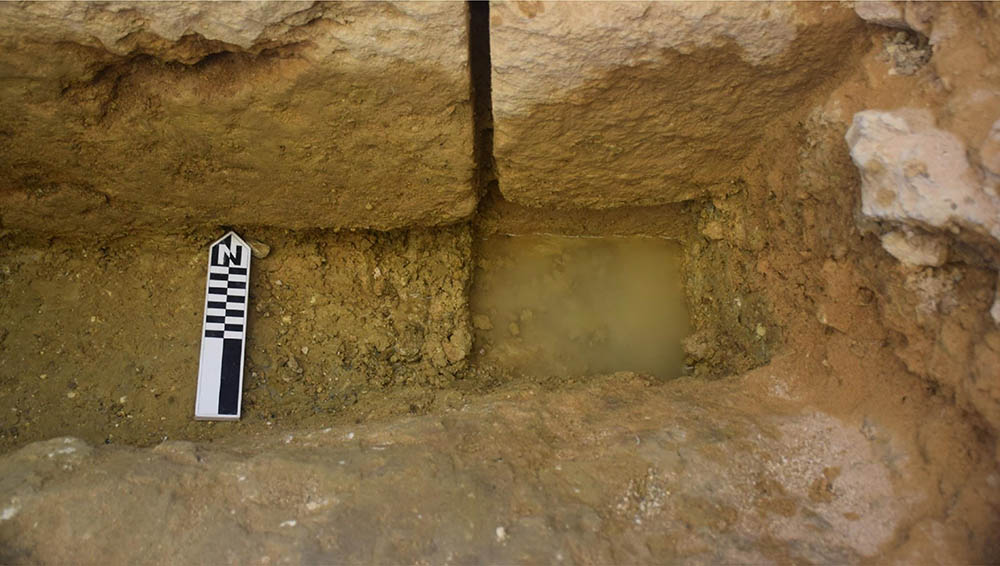
Figure 2: Groundwater discovered within the foundation trench of Temple A during excavation. © Institute of Fine Arts, NYU
As these discoveries were being made, two teams continued working within the temenos of the main urban sanctuary, where the mission has been operating since 2006 [Figure 3]. After a Herculean effort by the team to remove backfill, one team returned to the southeast corner of the cella of Temple R (Trench O), while another returned to and the area between the west facade of Temple R and the south krepis of Temple C (Trench R).
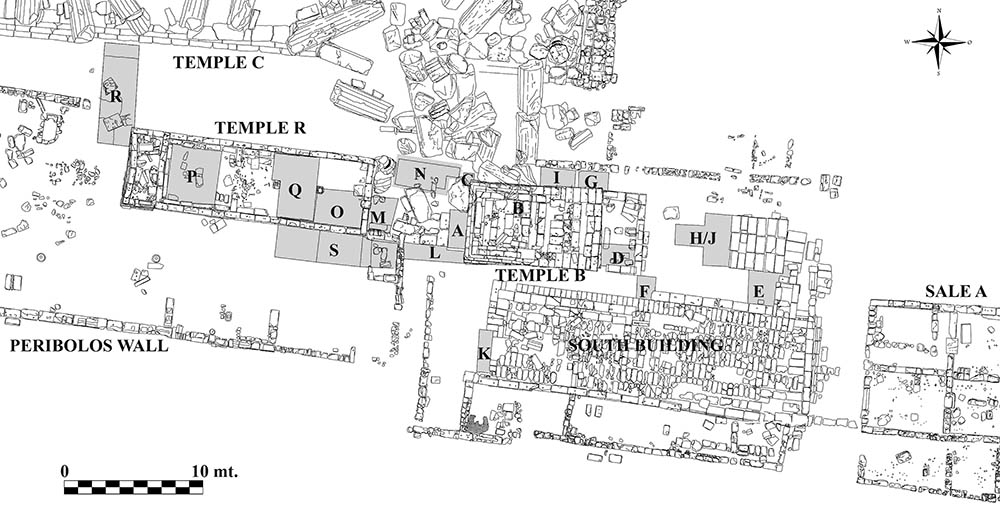
Figure 3: Selinunte, Main Urban Sanctuary, area of investigation by the Institute of Fine Arts–NYU and University of Milan Mission 2006–2022. © Institute of Fine Arts, NYU
In 2012, Trench O had demonstrated the integrity of the ancient stratigraphy within Temple R, and particularly the complexity of rituals associated with the construction and renovation of the oikos temple (in previous literature, perhaps most famously a bone aulos). Due to time constraints in 2012, the trench had to be sectioned, with roughly two-thirds of the sixth-century floor and foundations excavated [Figure 4], and only a small sondage into the precolonial levels.
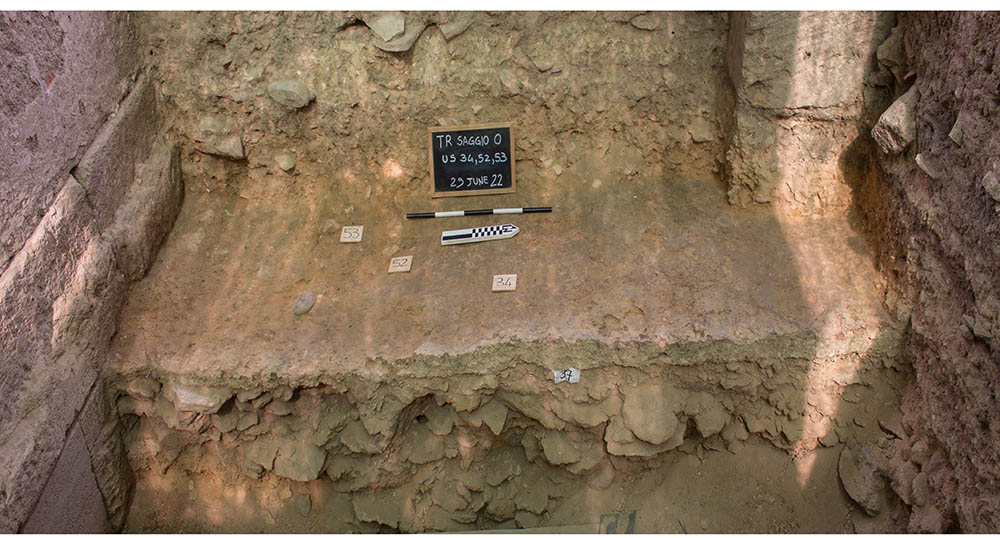
Figure 4: The unexcavated stratigraphic column within Trench O at the beginning of the 2022 excavation season. © Institute of Fine Arts, NYU
The excavation of this remaining stratigraphy helped to answer some unresolved questions, including the discovery of a second large fragment of a bivalve mold in very fine limestone for a bronze sauroter (spear butt) [Figure 5]. The remains of this mold come from a level associated with the reconstruction of Temple R after the Carthaginian destruction of Selinunte in 409 BCE; the first part of the mold was found in a contiguous area during the excavation ten years ago.
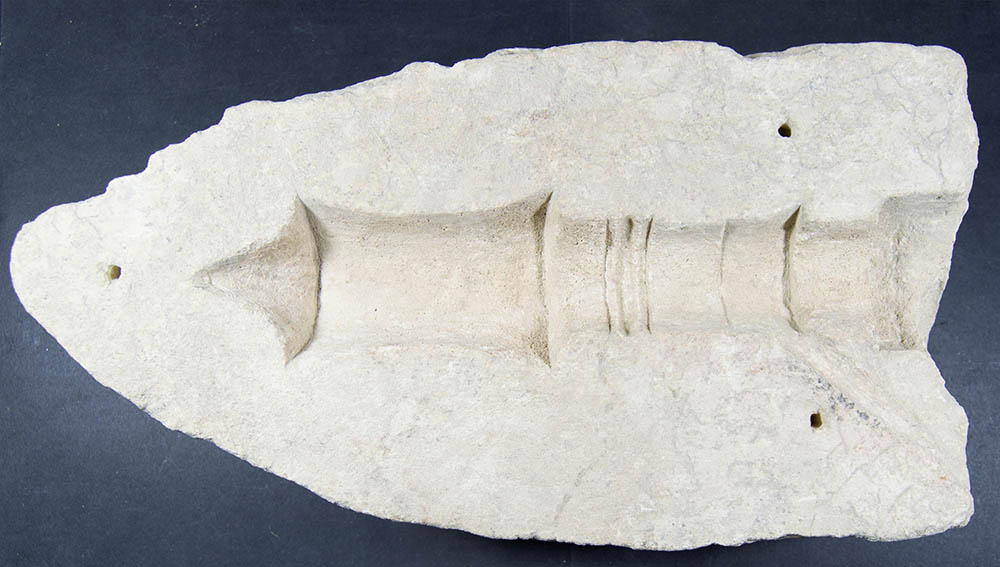
Figure 5: Limestone mold for a bronze sauroter (Trench O, 2022). © Institute of Fine Arts, NYU
Further votive offerings were found associated with the original foundation deposit beneath the sixth-century floor. Although no further pieces of the bone aulos were found, further votives including iron spearheads, loom weights, Corinthian perfume vases, and personal ornaments help us to reconstruct the original assemblage of offerings left by the Selinuntines, and the ritual community that they hoped to express through its deposition.
While helping to answer unresolved questions from 2012, an unexpected result of the 2022 return to Trench O was the identification of the base and/or foundations of walls composed of a compact clay mixed with ash, forming an enclosure defined by an east-west wall and two north-south walls joined at right angles [Figure 6]. The interior space created by this enclosure appeared to be filled with burnt construction materials with little clear indication of the original use of the structure. although it may be hypothesized that the enclosure played a part in the activities conducted in and around the two late seventh-century ritual structures that predate the construction of Temple R (Early Building I, discovered in Trench P, and Early Building II, discovered in Trenches L, M, and S). As elsewhere, these structures associated with the early life of the Greek settlement are built upon a largely sterile reddish-brown sand that in turn rests on the acropolis’ natural bedrock.
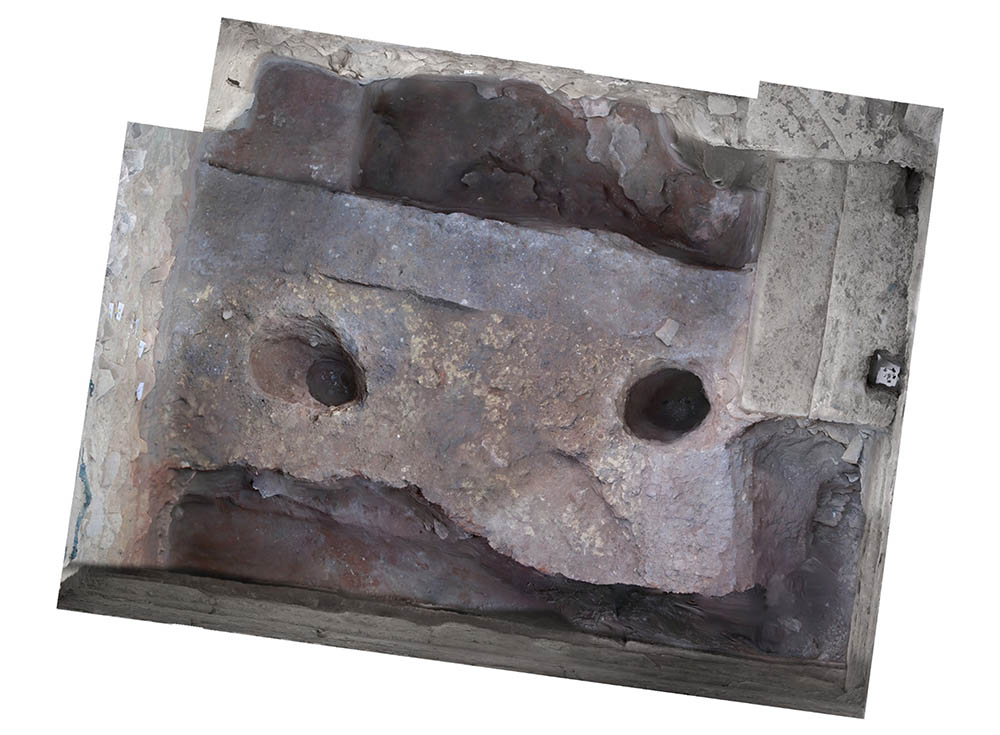
Figure 6: Trench O: Base of clay wall ca. 630–610 BCE placed on pre-Greek soil (reddish brown layer). © Institute of Fine Arts, NYU
The excavation of Trench R had begun in 2017 and continued through 2018, with the primary objective of understanding the stratigraphic sequencing of the construction and use of Temple R, its rear chamber (“opisthodomos”), and Temple C. Having reached the construction level of Temple R by the end of 2018, in 2022 the main objective was to confirm the validity of our interpretation of the stratigraphy, and to better understand whether structures and ritual activities predating Temple R could also be found to the north as one approaches the foundations of Temple C.
Before the construction of Temple C, entailing the cutting of a foundation trench, postholes for construction equipment, and the building of earthen ramps for the transport of ashlar blocks, a semi-compact clayey soil covered the area, perhaps the original been surface surrounding Temple R (SU 108). Removal of this stratum revealed the remnants of earlier activity, including a large concentration of nearly pure ash (SU 105), which was likely associated with an exterior hearth that had been dismantled prior to the construction of Temple R [Figure 7]. Fragments of the hearth’s semi-fired clay walls were found amongst the ash [Figure 8], while the possible base of this hearth included a significant quantity of early pottery from Megara Hyblaea, the mother city of Selinunte - further proof that these early structures are associated with the first generations of the colony.
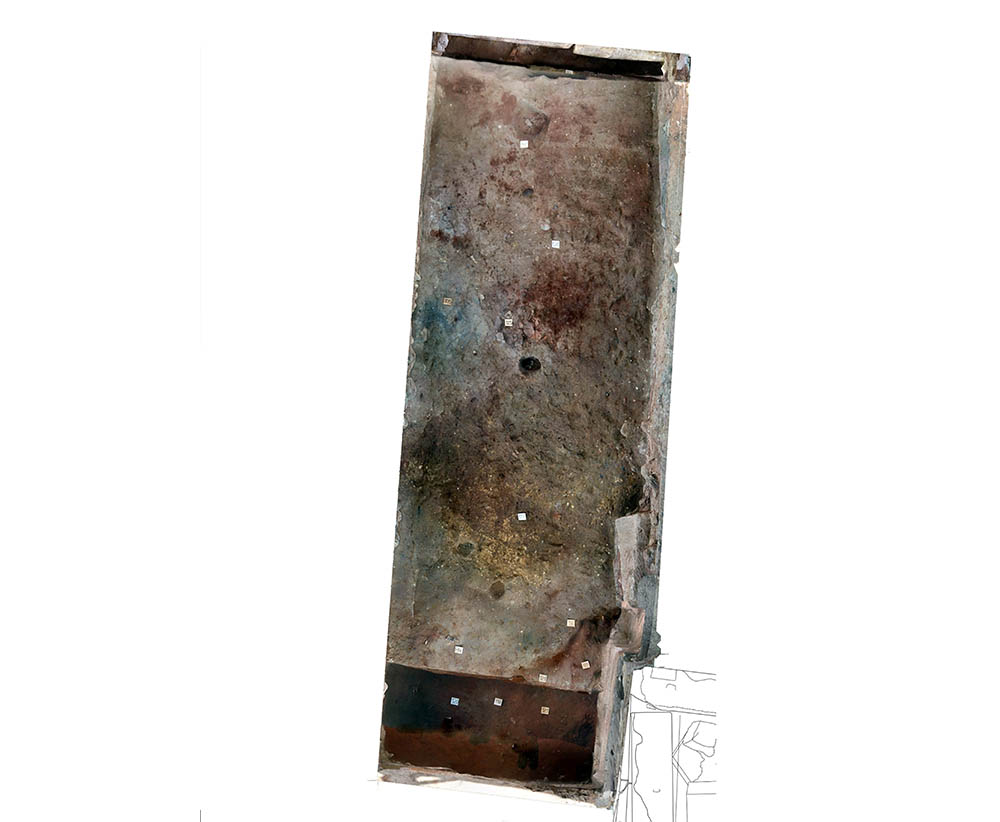
Figure 7: Orthorectified top-down photograph of Trench R, following the removal of the exterior surface associated with the use of Temple R. Note concentration of burning and ash. © Institute of Fine Arts, NYU
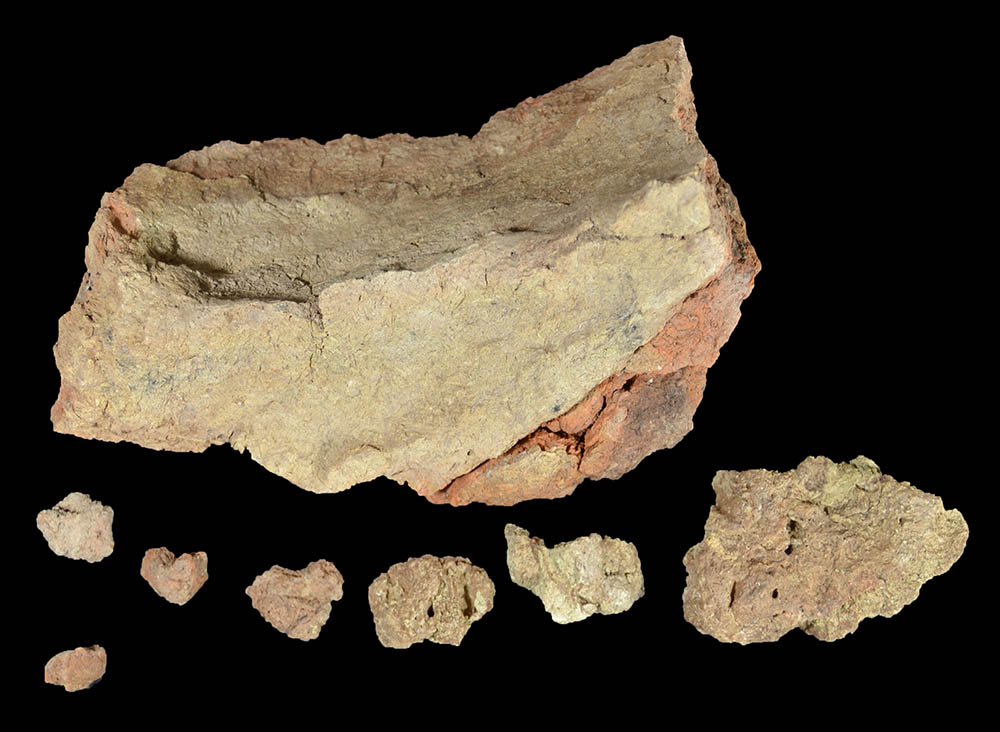
Figure 8: Fragments of a semi-fired clay installation, likely a seventh-century hearth (Trench R). © Institute of Fine Arts, NYU
Clemente Marconi (director) and Rosalia Pumo (co-director), and Andrew Farinholt Ward (field director)